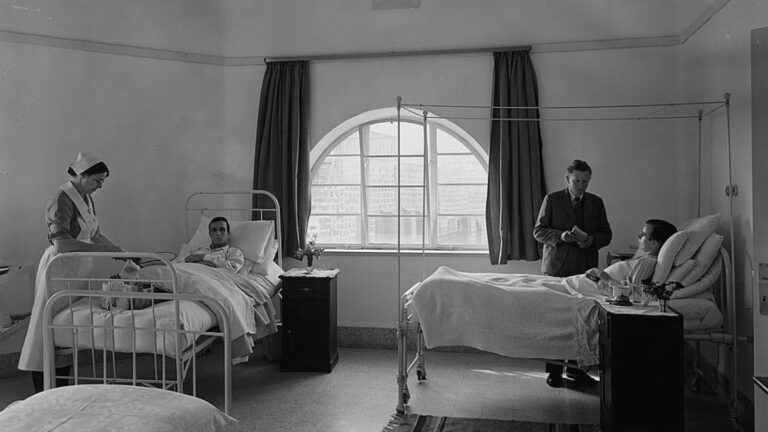For decades, one of the loveliest ofJewish New Year traditions in modern Israel was sidewalk greeting-card sellers. The cards they displayed for the holiday – often with crudely drawn graphics or out-of-date photographs and encrusted with glitter — had their own special charm.
Sadly, in the age of instant messaging, e-mail and social networks, these greeting-card popup shops have all but disappeared.
The origin of the modern-day Shana Tova postcard is as old as the modern-day post office, according to a National Library of Israel essay.
“Around the time that the postal service emerged, in the 1880s, Jewish entrepreneurs were beginning to print commercial greeting cards for the new year. By this time, new year greetings constituted the main body of postcards sent by Jews, and this would remain so for some 100 years.”
With the advent of the Zionist movement, new motifs began to appear on Rosh Hashana greetings cards. Even the Messiah himself could be photo-montaged into an actual landscape of the Land of Israel.

Zionist leaders, agricultural settlement, and new cities like Tel Aviv all figured in the postcards sent from pre-State Palestine to friends and relations.
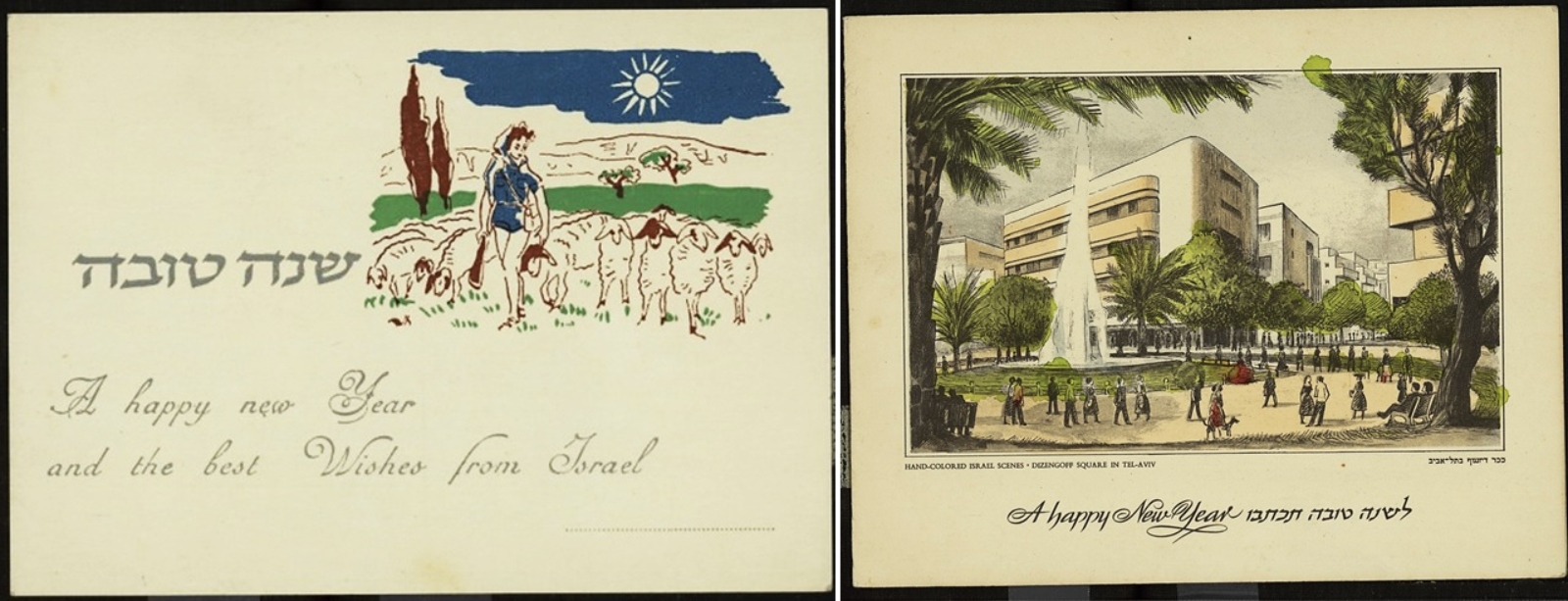
The Jewish New Year is traditionally a time for community donations, and cards played an important part in fund-raising for organizations. The National Library essay notes, “The cards played an important role in fundraising for [Jewish] community purposes… Secular nationalist organizations such as the Jewish National Fund, Keren Hayesod (the Jewish Agency) and the Joint Distribution Committee followed suit.”
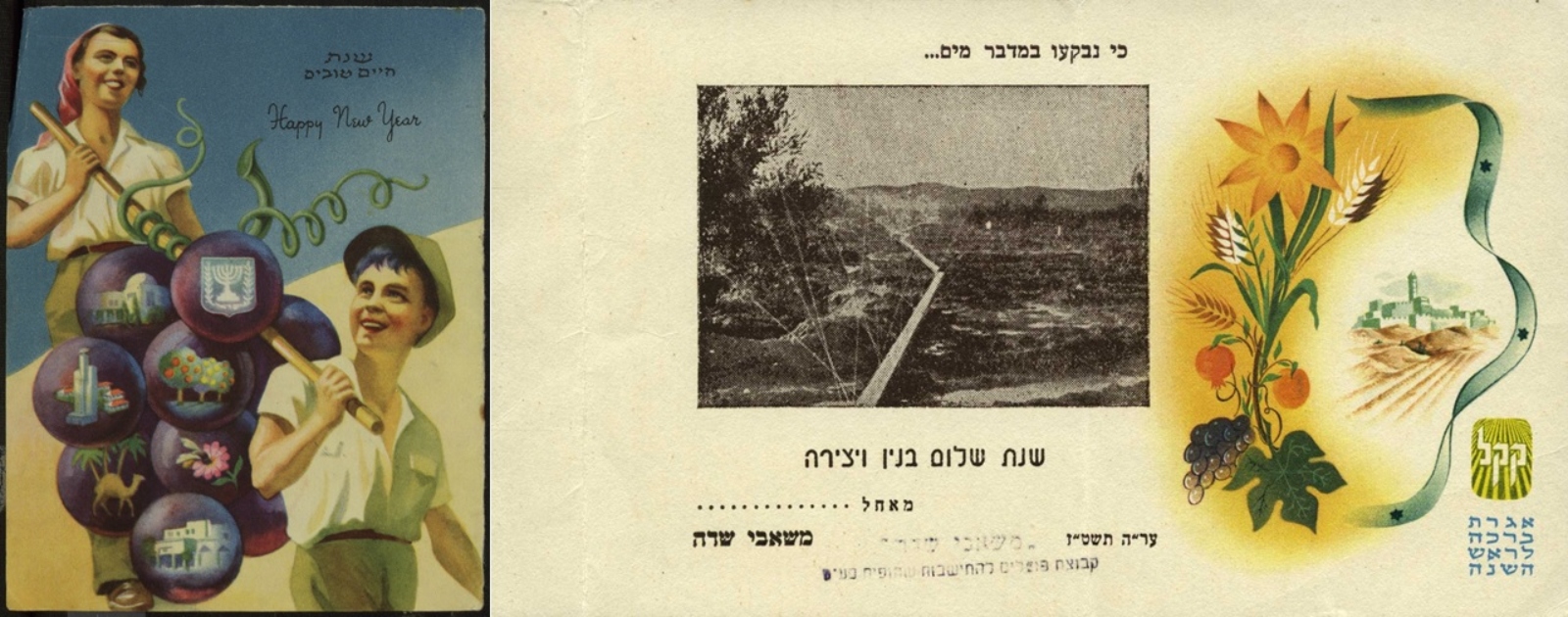
Family life was a symbol of success in the new land. Those who could afford such luxuries might print up personalized new year’s greetings featuring a family portrait.

With the establishment of the Israel Defense Forces during the War of Independence, the image of the Jewish soldier as a symbol of national renewal also figured prominently. This motif became ever-more popular after the Six-Day War.

As the Israeli economy grew, cards depicted more material wishes for prosperity in the coming year: new cars, new houses and other riches.

Today, Israelis are more likely to send one another their New Year’s greetings via WhatsApp. Fortunately, there are websites that allow online users with a nostalgic bent to share images from days gone by. These include the National Library of Israel, which also offers educational programming materials; a holiday card-sharing service offered by the wonderful Nostalgia Online; the Museum of the Jewish People at Beit Hatfutsot; and Wikipedia in Hebrew, which has an extensive collection of holiday greeting card images.




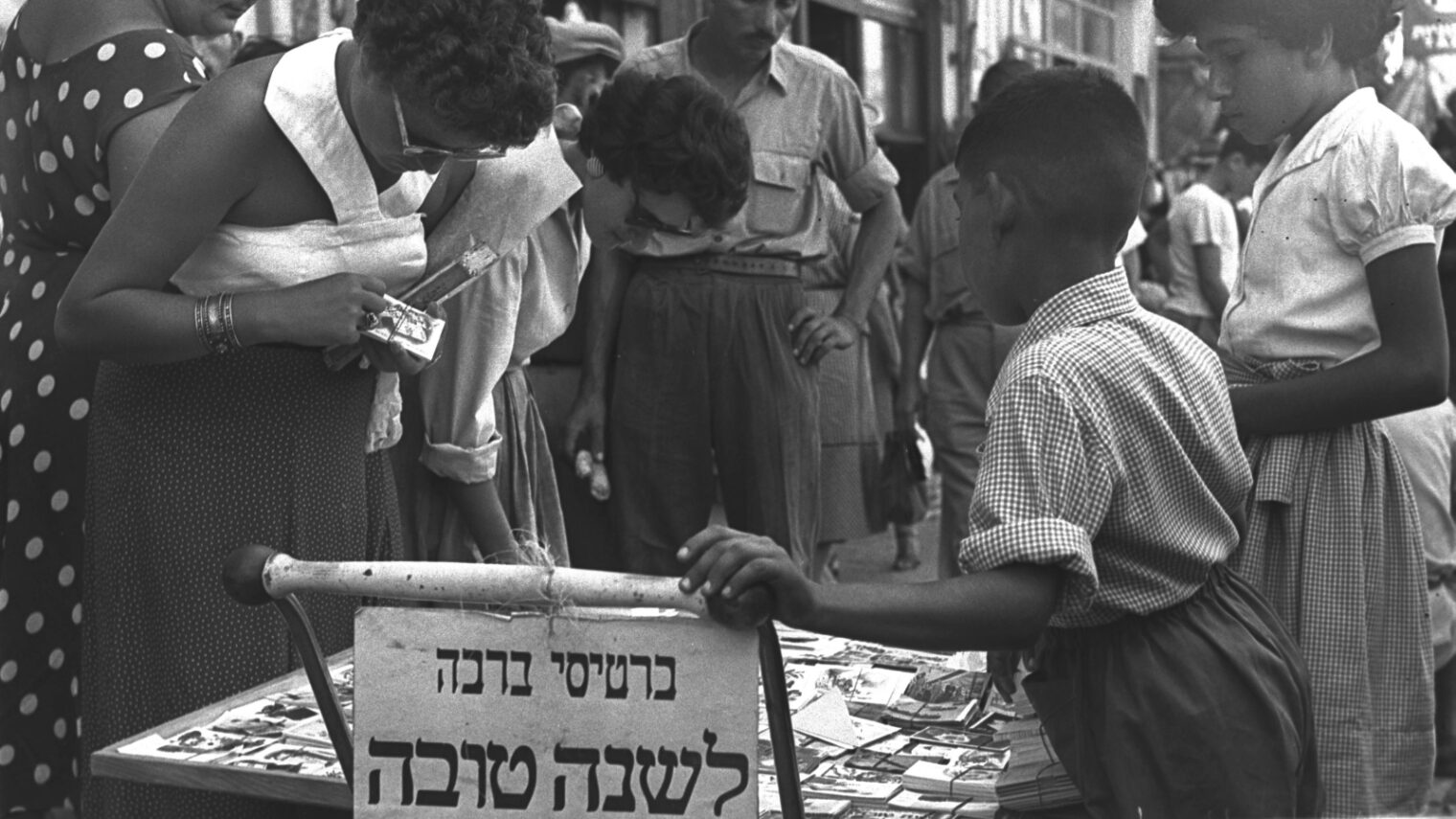


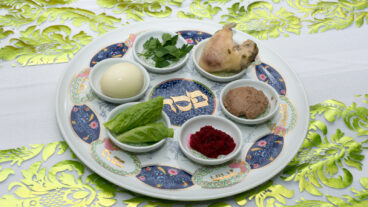

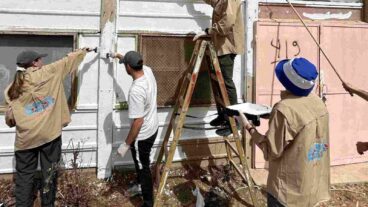


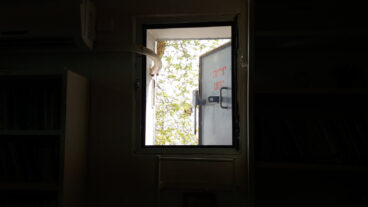


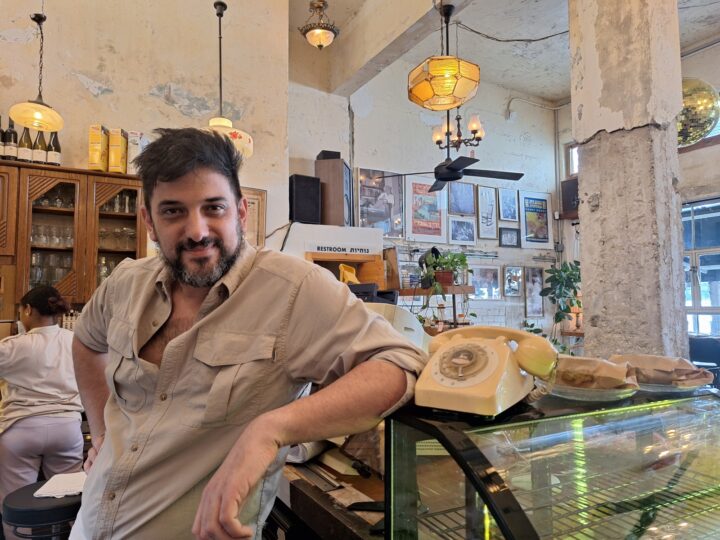
![Elections 1977 – Likud posters] In 1977, Menahem Begin led an election upset as Israel’s first non-Labor prime minister. Credit: GPO Elections 1977 – Likud posters] In 1977, Menahem Begin led an election upset as Israel’s first non-Labor prime minister. Credit: GPO](https://static.israel21c.org/www/uploads/2019/09/Elections_1977___Likud_posters_-_GPO-768x432.jpg)
